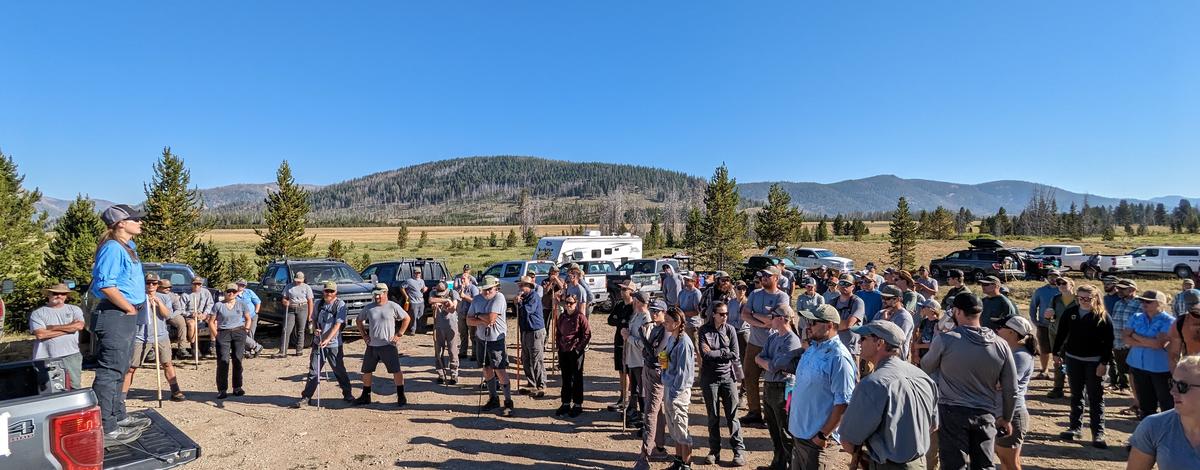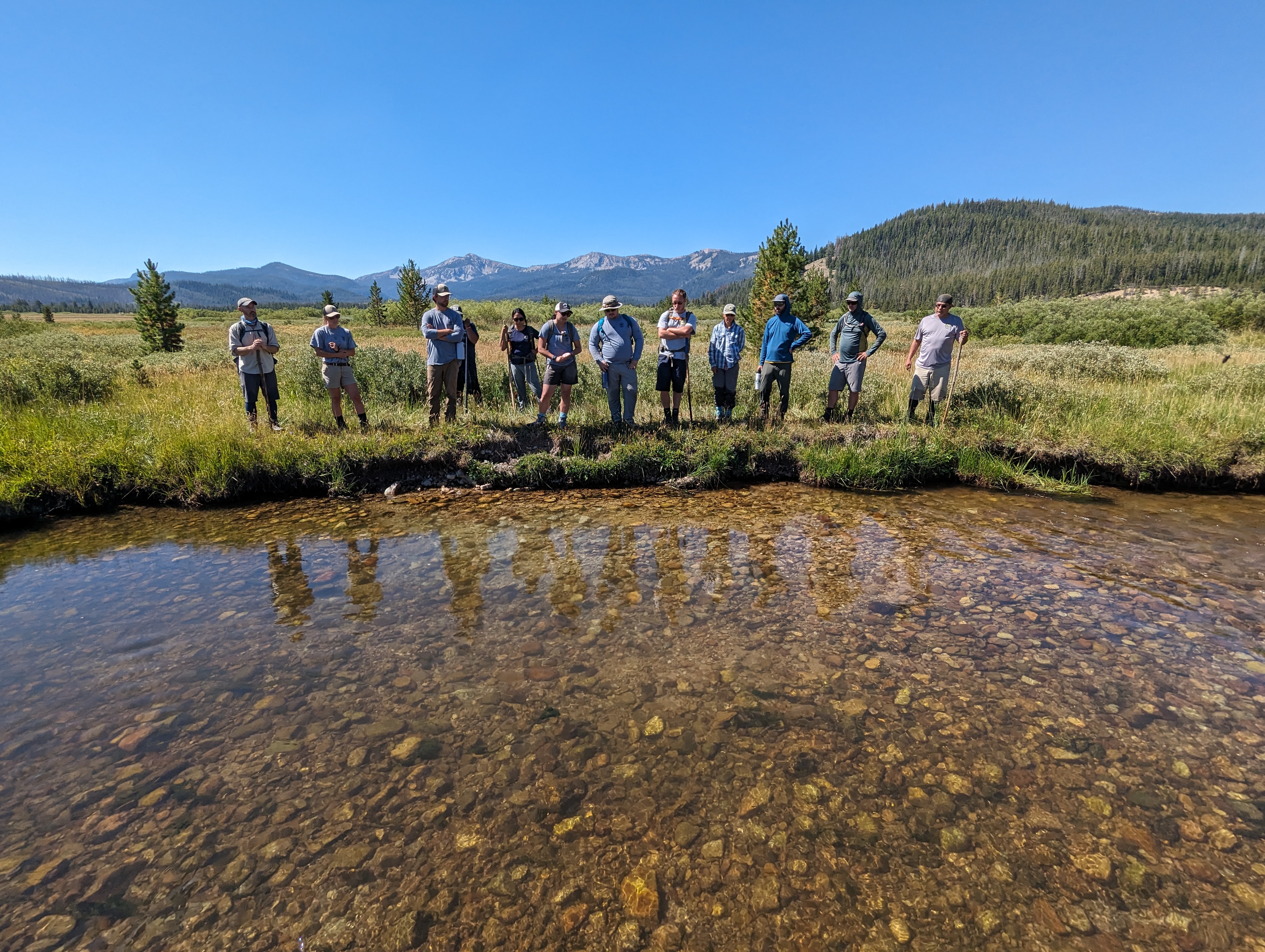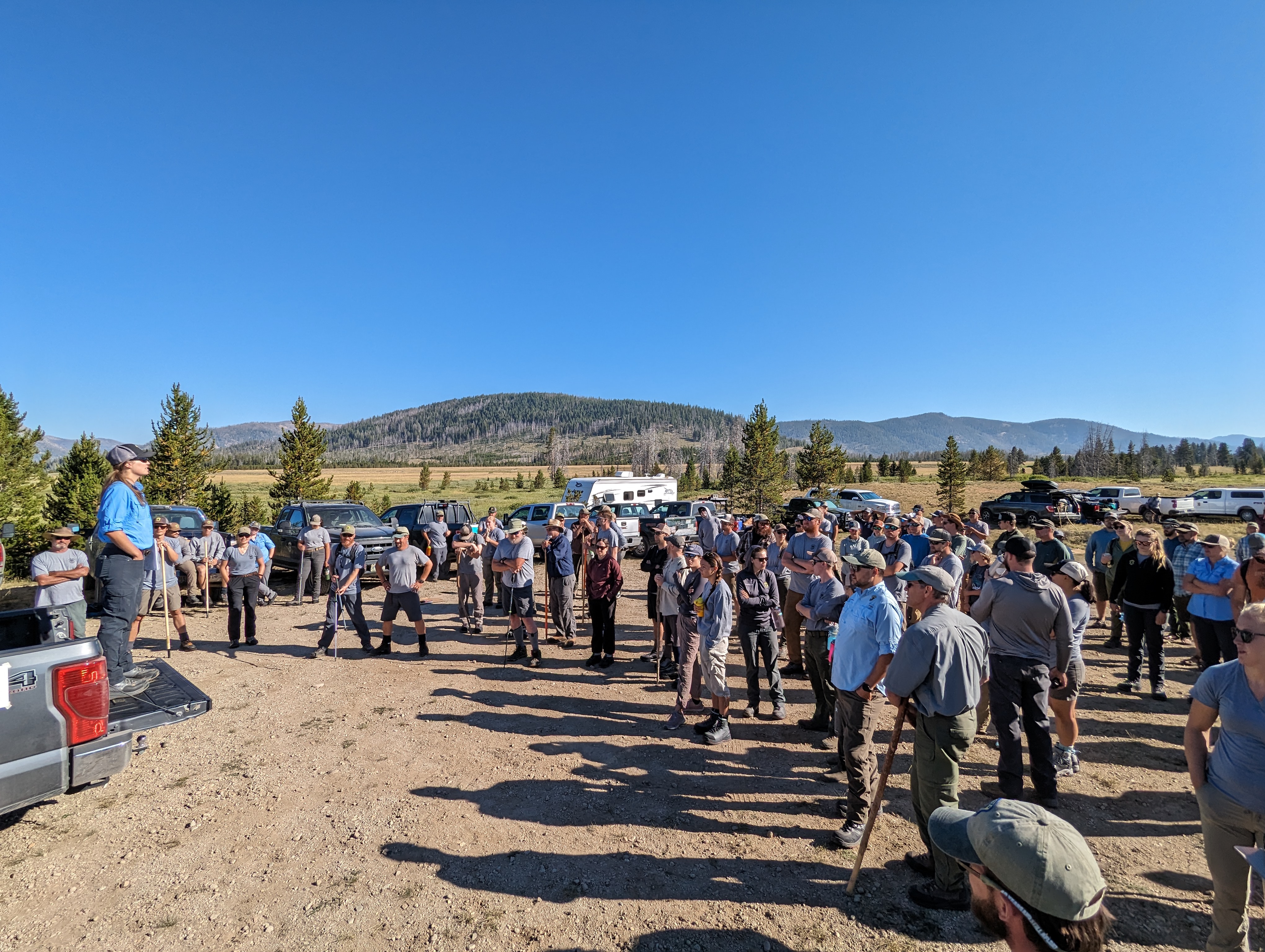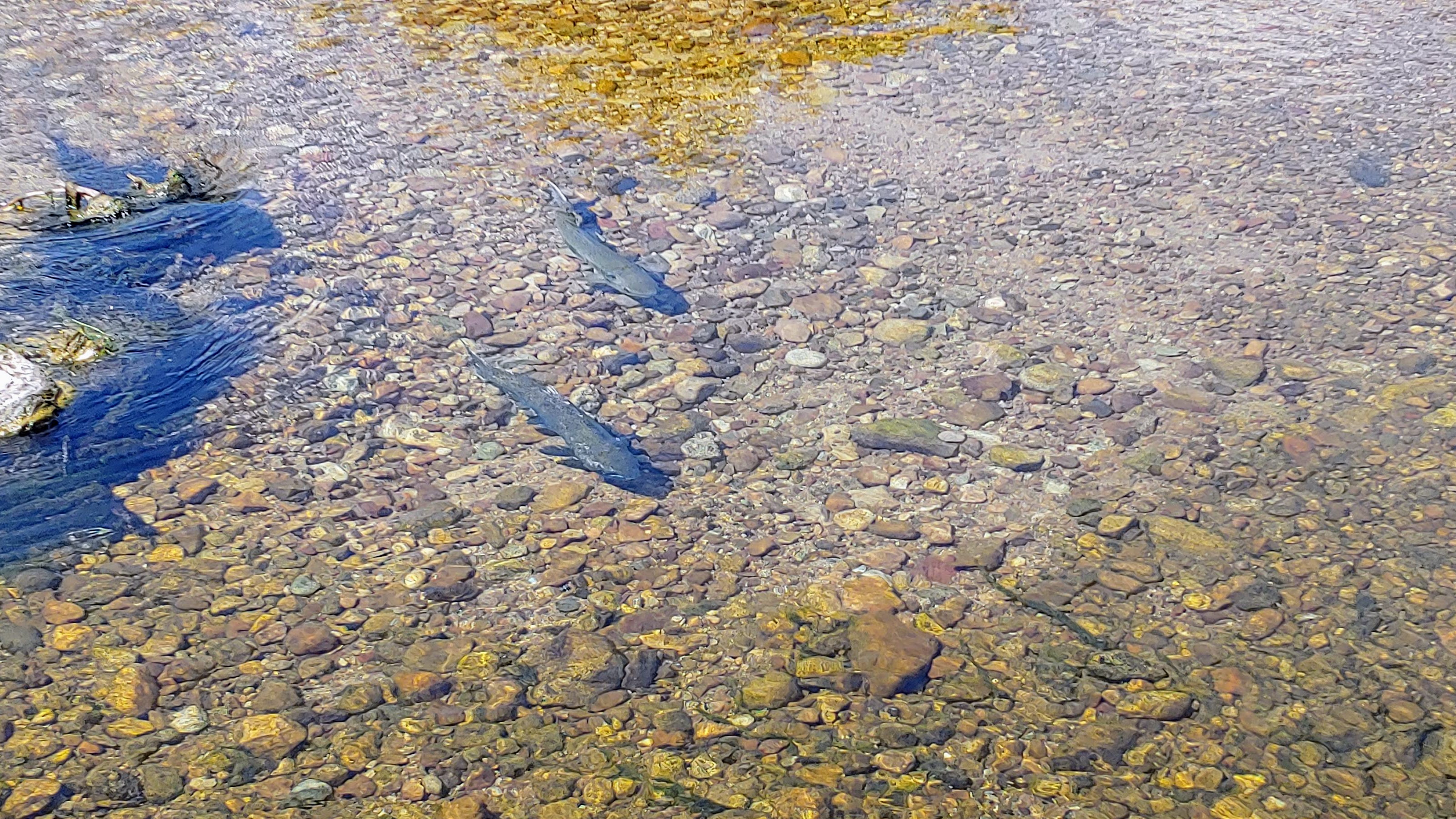No, we don’t train fisheries professionals to become suddenly enraged! I’m referring to an annual meeting of fisheries professionals focused on identifying the nests, or “redds,” of spawning adult Chinook salmon.
This year, as in most others, we all met at Marsh Creek near Stanley for redd count training. These trainings are often a collaboration between state, tribal and federal agencies that are involved in protecting and managing threatened populations of Chinook salmon that return to Idaho to spawn. If you are curious about what a redd is and how to identify them, there are some great resources available, but there really is no substitute for getting your feet wet and seeing these incredible aquatic architects go to work.







